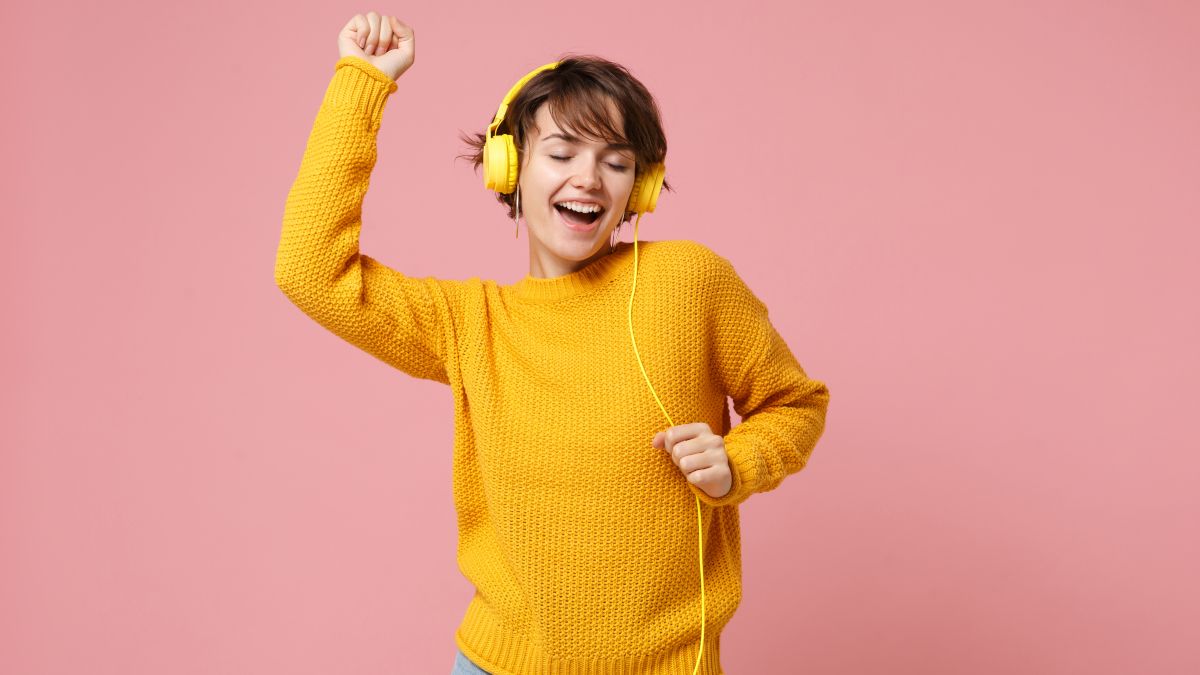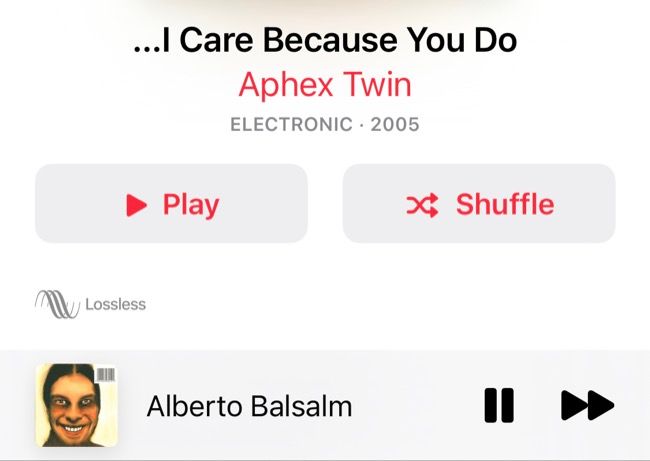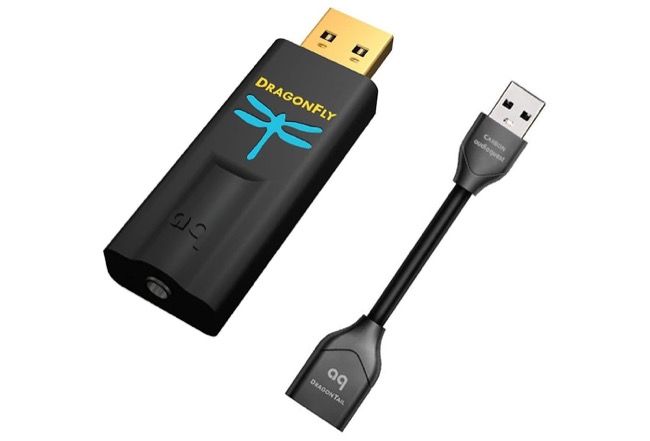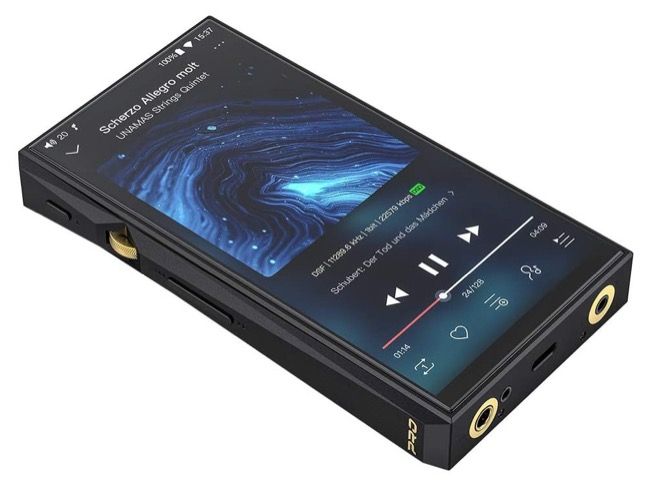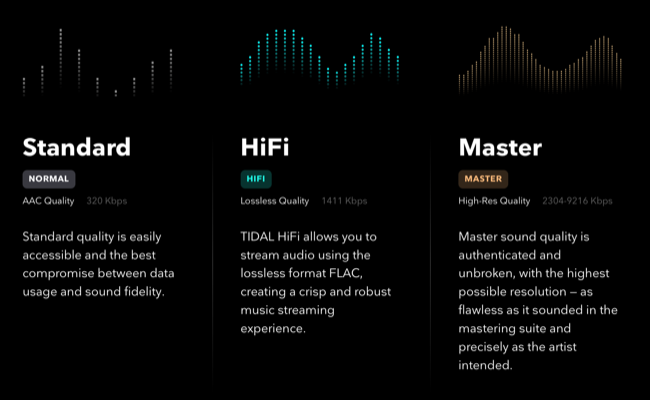Quick Links
Many streaming music services have started offering lossless audio streams including Apple Music, Deezer, Spotify, and Amazon Music. While listening to music in pristine quality sounds great on paper, there are a few hurdles to entry that might catch you out.
What Is Lossless Audio?
Most digital music is encoded with "lossy" codecs like AAC and MP3. To save space, lossy compression discards data that is deemed less important. Depending on how severe the compression is, audio quality can suffer greatly particularly in the high and low ends (treble and bass).
Lossy compression trades overall recording quality in order to use less space or bandwidth (the amount of data used while streaming). Once compressed, lossy audio is permanently altered, which means it cannot be restored to its original pristine state. This makes it a poor choice for archival purposes.
Lossless compression favors quality over space but still manages to save space over traditional uncompressed recording. Broadly speaking, lossless audio roughly halves the required space compared to an uncompressed recording at the same sample rate.
Since no data is being discarded, lossless audio doesn't suffer from the same "damage" as lossy audio does. This makes lossless audio ideal for archiving, and you can use lossless sources to create lossy versions of the same recording as if you had an original CD or uncompressed WAV files.
Lossless audio is also known as high-resolution audio, and often reaches studio quality which exceeds the quality of even a CD recording. CDs use a sample rate of 44.1kHz at 16-bit, while lossless streams from services like Apple Music and TIDAL can go all the way up to 192kHz at 24-bit.
Where Can You Find Lossless Audio?
You can rip your own CDs and other sound sources to lossless formats like ALAC (Apple Lossless) or FLAC (an open-source lossless format) to store on a hard drive. From here you can play them with a regular music player like foobar2000 or iTunes. You can also buy lossless music digitally via services like iTunes.
A more popular choice now is to use a streaming service like Apple Music or Deezer to access lossless audio streams (or download tracks for offline listening). Apple Music is a great choice because lossless audio is provided at no extra cost beyond the $9.99 per month flat fee for individuals.
Amazon also offers a lossless music service, Amazon Music HD, at $7.99 per month for Amazon Prime members or $9.99 per month for people who aren't Prime members.
To use these services you'll need to use whatever software they provide. For example, Apple Music uses the built-in Music app on an iPhone or Apple Music for Android, while rival services have their own apps for these platforms. You'll likely need to enable the lossless streaming toggle in your platform of choice since it's usually disabled by default.
What Equipment Do You Need for Lossless Audio?
You only need a smartphone and a suitable set of headphones to experience lossless for yourself. Unfortunately, no wireless headphones are currently capable of passing a truly lossless audio feed from your smartphone to your ears. This is due to the way wireless audio codecs like aptX and Apple's AAC Bluetooth Codec rely on lossy audio compression to work.
The good news is that switching to wired headphones should do the trick. You may be limited to CD quality (44.1kHz/16-bit) depending on your device's capabilities. Apple states that iPhone users cannot exceed these sample rates without an external digital-to-analog converter (DAC).
This is true for many sources including laptops, smartphones, portable media players, and streaming devices. To experience the full studio quality of a 192kHz/24-bit lossless stream, you'll likely need an external DAC. Shopping for a DAC is a bit like shopping for headphones in that cheap offerings may disappoint, but spending marginally more can vastly improve audio quality.
Many DACs also include in-built headphone amplification, which is another way of improving the quality of portable audio. You should be sure to match your headphones' specifications with relation to impedance and maximum power handling when hunting for a suitable headphone amplifier.
All-in-one portable, high-resolution audio players also exist, with built-in DACs, integration with services like TIDAL, and the ability to play a wide range of high-quality audio formats. Two examples include Sony's budget NW-A55 Walkman (around $220) or the pricier FiiO M11 Pro (around $650).
For a traditional stereo setup, an external DAC from your digital audio source to your amplifier will do the trick. Keep in mind that a cheap DAC could be a bottleneck on audio quality, so make sure you match your DAC to your system to avoid disappointment. You could start cheap with something like the Audioquest Dragonfly Black (around $120) or go hog wild on a Schiit Yggdrasil ($2,449).
What Drawbacks Are There to Lossless Audio?
By far the biggest drawback to a lossless audio setup is the additional disk space or bandwidth you will need to store or stream music. While a lossless stream is about half the size of raw uncompressed audio, it also requires around four times the bandwidth of a high-quality MP3 stream.
Considering many users do not already use high-quality streams on their devices, particularly when streaming over cellular data, lossless audio could use maybe five or six times the bandwidth they are used to. At home, on Wi-Fi, this might not be such a deal-breaker.
If you like storing music on your device for offline listening, you simply won't be able to fit as many songs or albums on your device if you go the lossless route. Without an external DAC, you might not even be getting the full benefit of studio-quality streams, and you'll have to ditch the AirPods in favor of wired headphones (even the AirPods Max).
And then there's the cost, since many services charge extra for lossless streaming. Apple Music is the outlier here since they offer the feature to all subscribers. TIDAL, Deezer, Qobuz, Spotify and Amazon Music all charge an additional fee for their lossless streams.
Can You Really Hear the Difference?
There is some debate as to whether lossless audio is perceivably better than high-quality lossy streams. Most people can hear the difference between a low bitrate 128kbps MP3 and a much higher 320kbps rip, but what about the difference between that 320kbps MP3 and an ALAC file of the same song?
Ultimately, your setup will likely dictate which side of the debate you come down on. If you've spent a decent amount of money on equipment to enjoy audio at its highest quality, you'll want to feed it the best quality audio you can get your hands on. Lossless streaming is a gift, in this instance.
If you're rocking cheap or free headphones that came with your smartphone or listening to audio directly from your computer's headphone jack, then the benefits might not shine through. You'd be better off spending some money on good headphones and an amplifier or DAC before coughing up more money for a higher subscription tier.
If you're an Apple Music subscriber, you can find out for yourself simply by enabling lossless in your Music settings (providing you have a setup that's compatible with lossless listening). If you already subscribe to a rival platform and are curious about lossless, Apple Music also has a free 30-day trial you can try.
Lossless Is Worth It To Many
Knowing you have the highest quality music streams and files available to you allows you to get the most out of your equipment, whether it's a pricey separate system, portable external DAC, or CD-quality audio through a pair of wired headphones. To many, this is worth a premium.
Listening to music---lossless or otherwise---is one of life's simple pleasures. Make sure you take precautions not to damage your hearing by listening at very high volumes.

